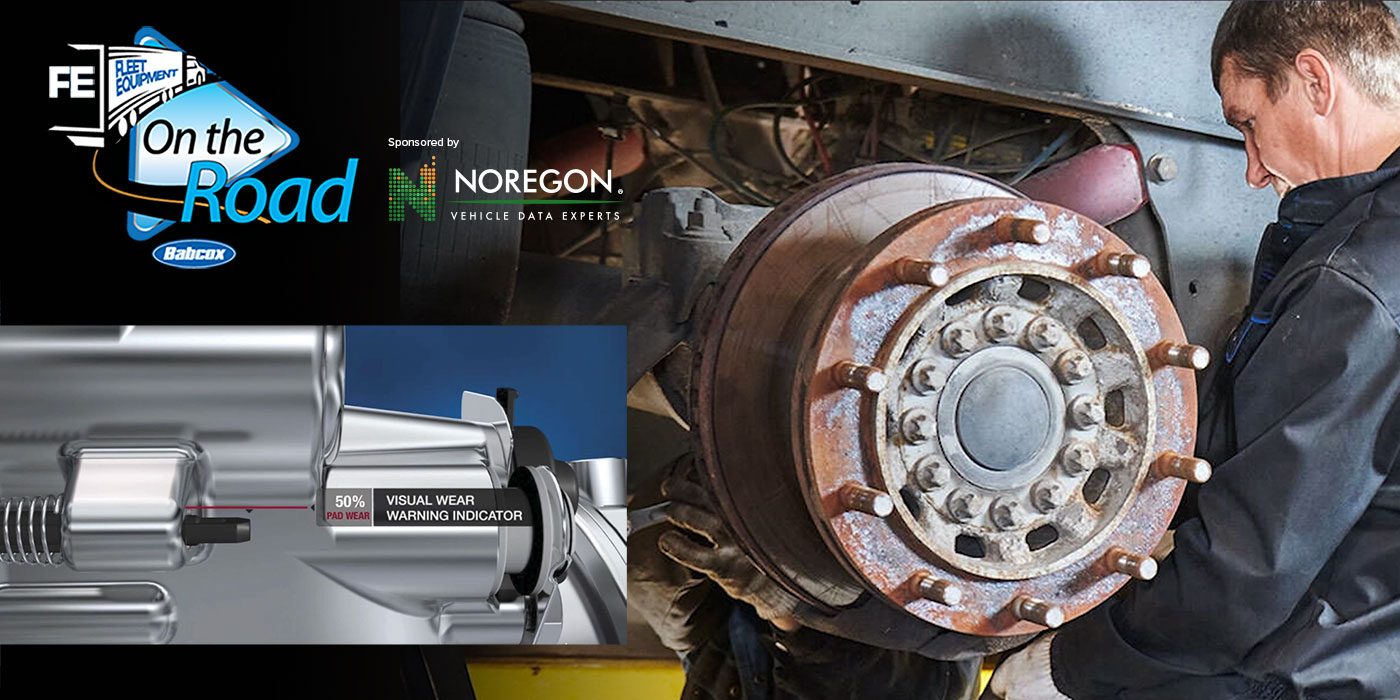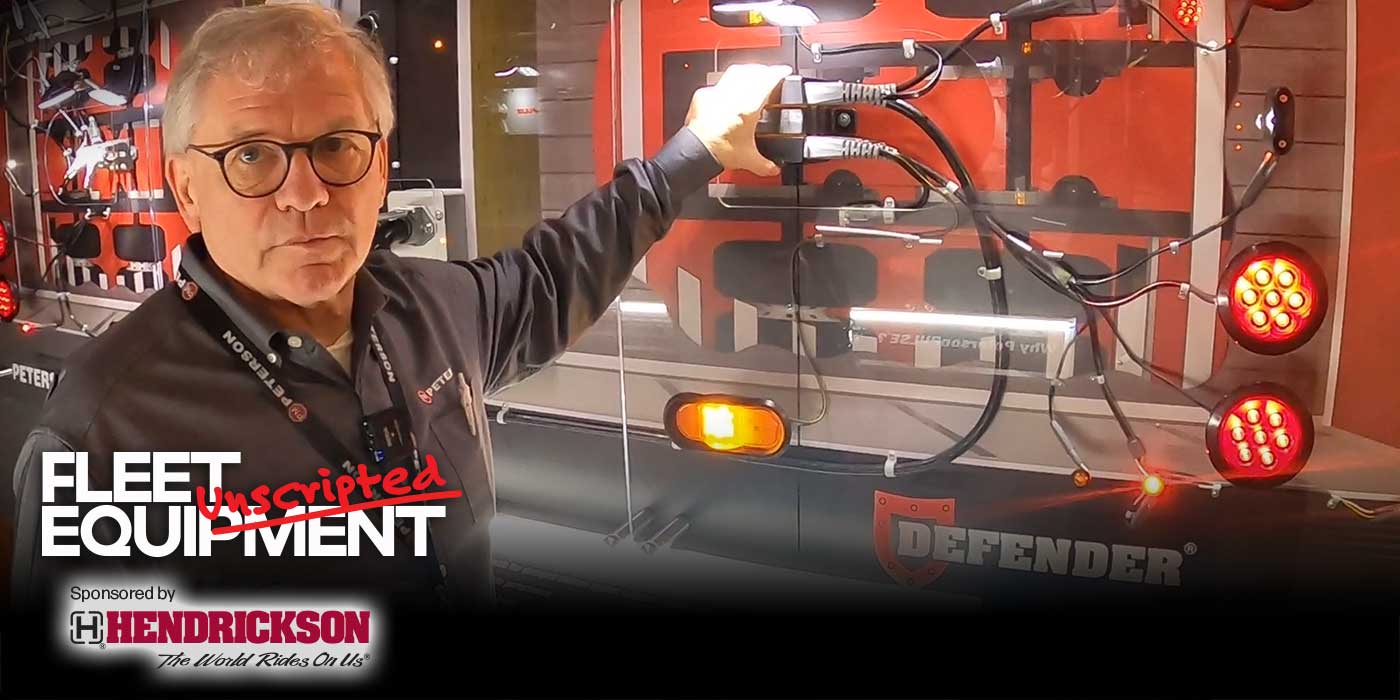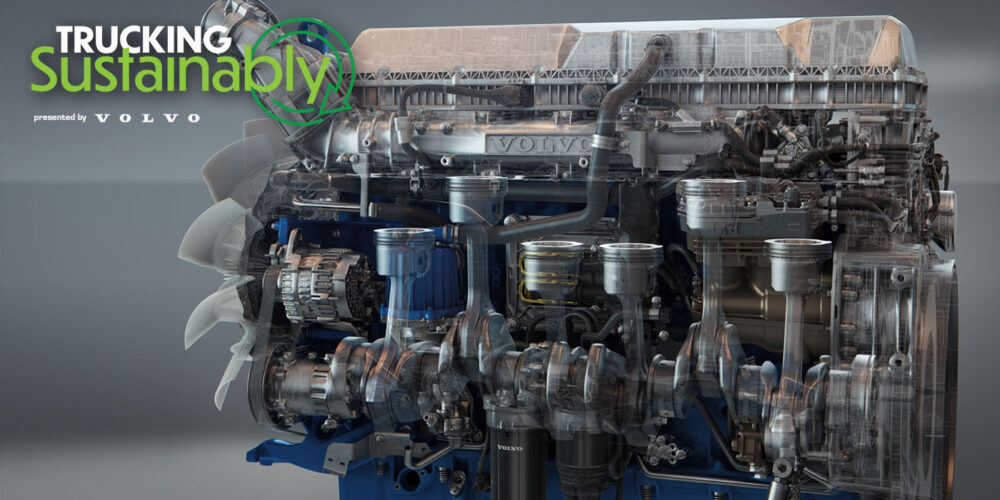You spend so much money tires. For a lot of fleets it’s a problem, especially now-a-days when supply chain issues might be preventing you from getting the tires you might want or need. But, there’s something you can do to rein in those costs a bit, specifically if your tires are wearing prematurely.
Click here to watch more of FE’s On the Road video series.
It’s a common problem – don’t be embarrassed! It happens to the best of us. But it means that you’re spending more on tires than you need to, and should maybe be giving the ones you have a bit more love. So let’s start by investigating six of the most common premature tire wear issues, and we’ll talk about what you can do to stop them before they start.
1. Under-inflation and low tire pressure
Hey, this one’s easy. Just inflate your tires correctly from the beginning and your good to go.
WRONG!
Fill up your tires to the right amount of pressure and they start out OK, but overtime that pressure starts to diminish. In fact, truck tires typically lose up to 2% of their air pressure every month… That doesn’t seem like a lot though, so no big deal.
WRONG!
A tire that is underinflated by as little as 2% can start to show irregular wear patterns. And that 2% loss is just the beginning. A worn valve stem or temperature swings can start to bump that percentage up, and if your tire has been damaged in the past from a nail or is being used in a more demanding application like waste hauling – well, let’s just say you shouldn’t be treating your truck tires as a passive experience.
Make sure you’re checking your tire pressure every day – that’s right, every day – to help extend the life of your tires. I get it, time is money, but tires aren’t cheap. You’re going to save MORE by keeping up with this.
2. Mismatched tires
Look, I see it all the time, and It’s totally OK to use two tires from different manufacturers on a dual position…
WRONG!
I mean, if you’re doing this just to get by and you have no other choice, sure, you can probably get away with this. But we’re talking about saving some significant dough here!
Differences as small as 4/32nds of tread depth between dual tires can lead to premature wear. Using tires from different manufacturers or pairing worn tires with new tires can lead you down a dark path here.
Also keep in mind that identical tires can BECOME mismatched if there are differences in air pressure – variances as small as 5 PSI can be a difference maker. Doesn’t matter if the make, model, tread depth and diameter of the tires are identical… Yeah, that’s why I started with tire pressure because [whispering] that’s the most important one.
Bottom line here, if you have a tire in a dual position that becomes damaged and needs to be replaced, the ideal move here is to either replace both tires with matching new tires, OR have an inventory of used tires on hand that you can use to pick one that matches the remaining tire.
3. Alignment issues
Here’s one of the Big Bads for tire wear that you might not be paying much attention to: Toe-in or toe-out misalignment of the axles, as well as alignment issues on trailer axles.
A steer tire is the best place to start when diagnosing alignment issues, because, oftentimes, this is where you’ll see the irregular wear most clearly. Look for lateral scrub – that’s an indication of toe or thrust wear from steer axle misalignment or the drive thrust angle.
And that’s all there is on alignment, easy peasy.
WRONG!
And that’s why alignment might go overlooked, because it can be a complicated issue that can require a lot of work on the inspection end. Wheel alignment needs to include all axles and wheel ends. If you find any bent axles, broken or sagging springs, or broken spring connecting hardware, abnormal tire wear is likely coming up next.
4. Wrong tire for the application
This one might be unexpected, because most tires are pretty much the same.
WRON – you know what, this gag has kind of worn itself out. Talk about premature wear, am I right?
Actually, using the wrong type of tire for your specific application can lead to premature wear or even damage. You may think you’re saving some coin at the pump by using a fuel-efficient long-haul drive tire in a local or regional application, but in reality you’re likely causing premature tire wear from high torque and chip damage, because that tire isn’t designed to withstand that type of application.
Make sure you’re checking in with your friendly neighborhood tire dealer to make sure you’re using the right tire for your needs.
5. High torque
Too much torque is especially bad for your drive tires, and can form heel and toe wear patterns. Your driver can avoid this type of wear by driving more slowly… but I know this is often easier said than done. If you want to take this one out of the driver’s hands, consider rotating your drive tires more frequently to help ‘even out’ the wear patterns.
6. Impacts
Premature wear and damage often finds its way to a tire following an impact. Unfortunately, it’s common for the damage to go unobserved until the tire is removed, so look regularly for visual clues that an impact has occurred, like radial splits and signs of excessive heat.
So, that’s all six ways. No other reason a tire would wear prematurely, that’s the list.
WRONG!
But if you treat your tire purchase as an active decision, and take care of them regularly, you’re sure to discover more on your own.













